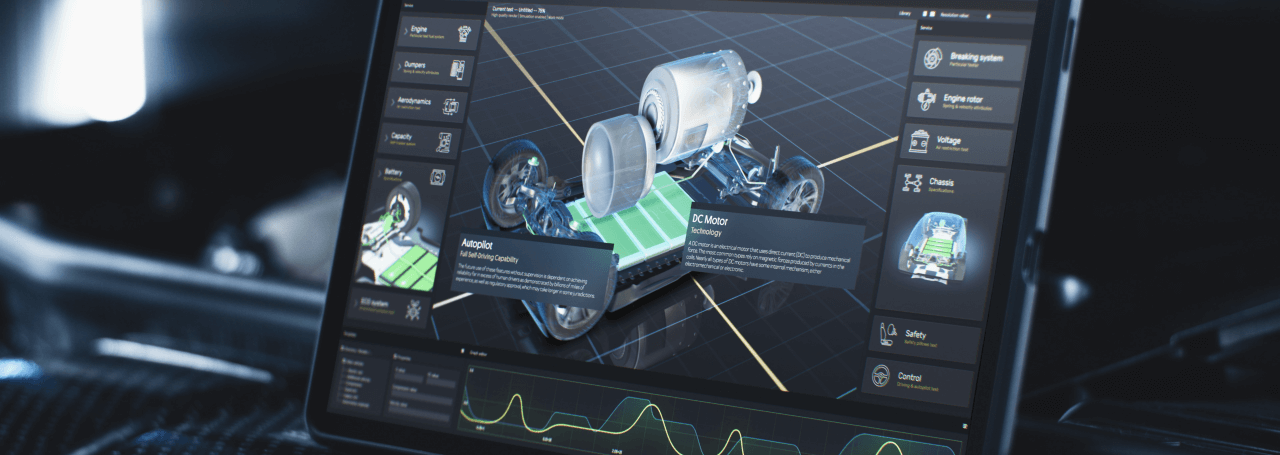PART 1.
Meeting the industry demands and adapting the right technologies
In this article you will find detailed information about the parameters and features to consider when designing a medical display.
Topics covered from an engineer’s and decision-maker’s perspective:
- The importance of displays in medical devices
- Examples of medical applications using displays
- Requirements and certifications for medical displays
- Hygiene and anti-infection solutions
- Display technologies for medical devices
- Interface design, screen readability and viewing angles
Understanding the importance of displays in medical devices
The integration of advanced displays in medical devices plays a vital role in modern healthcare. In today’s hospitals and doctor’s offices, displays are essential components of various equipment, from non-critical tools like infusion pumps to critical life-support systems.
Touchscreens serve not only as the visual interface that displays patient data and system status. They also work as input devices, enabling healthcare professionals to interact with equipment seamlessly. This dual role makes it crucial to select the right touch panel—one that meets rigorous standards for optical performance, reliability, and usability.
Key considerations for medical displays:
- Optical performance:
High contrast and wide viewing angles to ensure visibility in different lighting conditions. - Reliability:
High-end industrial-grade design to withstand constant use without failure. - Input accuracy:
Sensitive and responsive touch functionality, even when used with medical gloves.
Examples of medical applications using displays
In modern hospitals, touchscreens are all-present, serving critical functions across various devices. Common applications include monitoring systems, diagnostic equipment, and handheld medical tools. These touch panels are essential for providing healthcare personnel with real-time access to data, supporting decision-making and patient care.
Examples of devices with integrated displays:
- Monitoring systems:
Heart rate monitors, blood pressure monitors, infusion pumps. - Diagnostic equipment:
Ultrasound machines, MRI scanners, X-ray machines. - Handheld devices:
Portable ultrasound, glucose monitors, mobile diagnostic instruments.


Requirements and certifications for medical displays
Healthcare devices, whether life-critical or not, must undergo rigorous certification processes to ensure they meet specific safety and performance standards. A key requirement is Electrostatic Discharge (ESD) protection. Medical equipment must be able to withstand discharges of up to 15 kV in air discharge and 8 kV in conducted discharge. This protection is essential to prevent damage to sensitive electronic components.
Key certifications for medical displays:
- ESD protection:
Devices must handle high voltage discharges without failure. - Electromagnetic compatibility:
Tools must emit minimal electromagnetic interference to avoid disrupting other equipment.
Hygiene and anti-bacterial solutions
Hygiene is a fundamental issue in medical settings. Touchscreens must be designed to withstand frequent cleaning and disinfection. This requires materials and coatings that resist damage from harsh chemicals and, when necessary, include anti-microbial surfaces.Riverdi offers an option to add an anti-bacterial coating to the touchscreen’s surface. A solution, provided by the company’s trusted partner, is sprayed onto the glass screen surface and sintered into the surface using heat. The result is a durable screen surface that provides continuous protection for life. It eliminates up to 99.99% of harmful bacteria such as MRSA, E. coli and C. diff.
To ensure compatibility with cleaning chemicals, Riverdi carefully selects and designs the appropriate sealing materials, like adhesives, rubber or foam gaskets. These choices are made during the design phase to prevent issues, such as material degradation or detachment when exposed to substances like alcohol.
In medical environments, wearing nitrile gloves is essential. Riverdi’s sensors and touch controllers are specifically designed to work effectively with these gloves, which are usually thin. The firmware is fine-tuned in Riverdi’s laboratory to ensure high sensitivity, even with thicker gloves, guaranteeing reliable touch functionality in all conditions.
Hygiene checklist:
- Antibacterial coatings:
Optional surface add-ons to reduce microbial presence. - Chemical-resistant materials:
Surfaces designed to withstand regular cleaning with strong disinfectants.
Sealing and gaskets:
Proper sealing to protect internal components from leaks.


Display technologies for medical devices
The choice of display technology depends on the specific requirements of the medical application. TFT LCDs (Thin-Film Transistor) are widely used due to their versatility and high performance across various sizes, making them suitable for most medical devices. OLEDs (Organic Light Emitting Diodes) are preferred for smaller touch panels that focus on displaying limited information, such as heart rate.


Regarding image quality, resolution and precision, medical touchscreens can be categorized into two main types: information displays and imaging displays. Information displays, such as those used in infusion pumps or heart rate monitors, typically present numerical data or charts. Imaging displays require accurate color reproduction and contrast, especially for viewing organ images or X-rays.
Riverdi offers information displays as standard models. For imaging displays, Riverdi’s supporting team can help select the appropriate TFT glass, backlight and other components to customize the display to application’s specific needs. This customization is crucial for X-ray or ultrasound imaging, where precise representation of all shadows and grayscale variations is essential.


Interface design, screen readability and viewing angles
In an operating room, displays must provide clear visibility from all angles. During surgery, medical staff cannot leave the patient to check the screen. Thus, the display must be easily readable from any position.
Key Factors for ensuring screen readability:
- Viewing angles:
To achieve wide visibility, Riverdi uses IPS technology. This allows the display to be seen clearly from angles up to 178° or even 179°, ensuring readability from almost any position. - Contrast and brightness:
High contrast is essential for readability, particularly in bright environments like operating rooms or patient rooms. Effective contrast relies on both the contrast ratio and the display’s brightness. Riverdi touchscreens, with a brightness level of 1000 candelas, are well-suited for medical applications, providing excellent contrast and visibility.
Summary
Selecting displays for medical equipment is a complex process that requires balancing optical performance, reliability and usability. Given the sensitive nature of these devices, especially in life-critical applications, choosing the right touch panel is crucial for a successful design. Riverdi understands the specific needs of its many medical clients and provides medical-grade displays that meet the rigorous demands of this sector, ensuring safety, functionality, and full compliance with all necessary certifications.
CHECK OUT RIVERDI’S MEDICAL-READY PRODUCTS
Be sure to find the right industrial-grade display for your medical device:
- Need to enhance the brightness and optical performance of your medical display?
Choose High Brightness IPS Displays with optical bonding that perfectly reduce the reflection and correct contrast. - In search of the most effective data interchange between graphics and a truly industrial touch controller?
Check BT817Q (EVE 4) product category with revolutionary communication protocol for industrial, medical and military applications requiring beautiful and sophisticated GUI. - Looking for one of the highest resolution (1280×800 pixel) HMI displays based on STM32H7 MCUs?
Choose STM32 STM32 Embedded Displays with high performance enabled by STM32H757XIH6 (2MB Flash, 1MB RAM) microcontroller.
- Need a plug and play HDMI interface and USB-C touch solution?
Pick the HDMI Displays that are high-resolution, high-brightness IPS TFT products with optical/air bonding and industrial grade touch screen as Riverdi’s standard.
CONTACT US
Contact our expert to dive deeper into the industrial-grade medical displays for your project.
Having issues with your current technology? Want to learn about frameworks and our clients’ success stories? We are happy to discuss and assist you with your design and R&D challenges.
Read PART 2
DISCOVER OUR
Whitepaper
Achieve the perfect user-display interaction with the right Touch Sensor IC. Ever faced issues with phantom touch events or certification? Boost your R&D like a pro with our Whitepaper!



